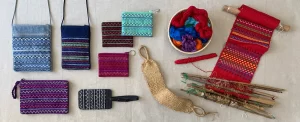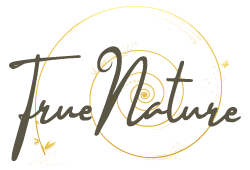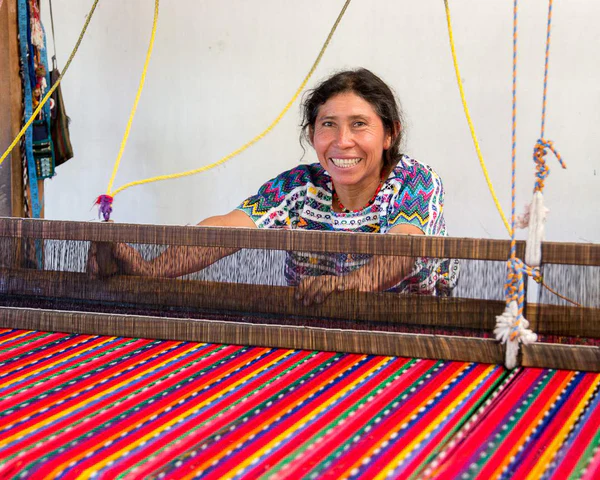Guatemala is home to over 800 distinct styles of traditional Indigenous clothing, known as traje típico, each unique to its community. In Santa Lucía Utatlán, where our friends at Mil Milagros collaborate closely with the local community, the traditional huipil (blouse) is renowned for its vibrant zigzag patterns, embroidered collars and sleeves, often beautifully accented with small rhinestones. This clothing exemplifies the profound beauty and cultural richness of Guatemala’s Indigenous communities.
Historically, these regional differences originated from dress codes imposed by Spanish colonial authorities to distinguish communities for taxation. Tragically, during Guatemala’s Civil War (1960–1996), this system was exploited to identify and target Indigenous communities. Soldiers used the specific colors, patterns, and symbols woven into garments like the huipil to determine an individual’s age, wealth, ethnicity, and village, facilitating targeted violence. This devastating conflict resulted in the deaths and forced disappearances of over 200,000 people, with Indigenous Maya communities accounting for approximately 83% of these victims.
Despite this painful past, Indigenous Maya communities continue to embrace their traditional clothing with pride, passing down ancient weaving techniques to younger generations, thus preserving their cultural heritage.
The Backstrap Loom: A Tradition Alive

Indigenous Maya women have woven their clothing using the backstrap loom for centuries, a practice that connects them deeply to their ancestors. The backstrap loom, which consists of a strap worn around the weaver’s waist and secured to a stationary object like a tree or a sturdy post, is portable and versatile. Elders pass down this sacred knowledge, teaching young girls to weave from an early age, ensuring their skills and traditions continue to flourish.
The textiles created with this loom are celebrated for their vibrant colors and meaningful patterns, crafted from natural fibers and sometimes adorned with delicate rhinestones or beads.
Symbolism and Cultural Meaning in Maya Textiles
Maya textiles are celebrated globally for their vibrant hues and symbolic motifs. These designs often feature geometric patterns like diamonds, stars, and zigzags, as well as elements inspired by nature, including animals, plants, and cosmic symbols.
- Zigzag Patterns: Often symbolize the serpent deity that, according to Maya belief, created humanity and provides guidance and protection through life.
- Diamonds: Represent unity, family, and community connections, with interpretations varying depending on surrounding designs.
- The Tree of Life: Symbolizes the human journey—birth, growth, reproduction, and eventual death.
- Animals: Doves represent life and nourishment, while the double-headed eagle symbolizes power and protection.
Preserving a Proud Heritage
Today, Indigenous Maya proudly wear their traditional attire, demonstrating resilience and cultural pride. Figures like Nobel Laureate Rigoberta Menchú have prominently showcased their traje on the global stage, enhancing international awareness and appreciation. Menchu wore her traditional attire when she received the Nobel Peace Prize in 1992, highlighting the significance of these garments as symbols of identity, pride, and resistance.
For the Indigenous Maya, wearing their traje is an expression of connection to their roots and heritage. As Isabel from Mil Milagros profoundly shares, “When I wear my traje, I feel deeply connected to my roots.”
At True Nature, we honor and celebrate these vibrant traditions, standing alongside communities dedicated to preserving and celebrating their cultural identity through the beauty and artistry of traditional textiles.


